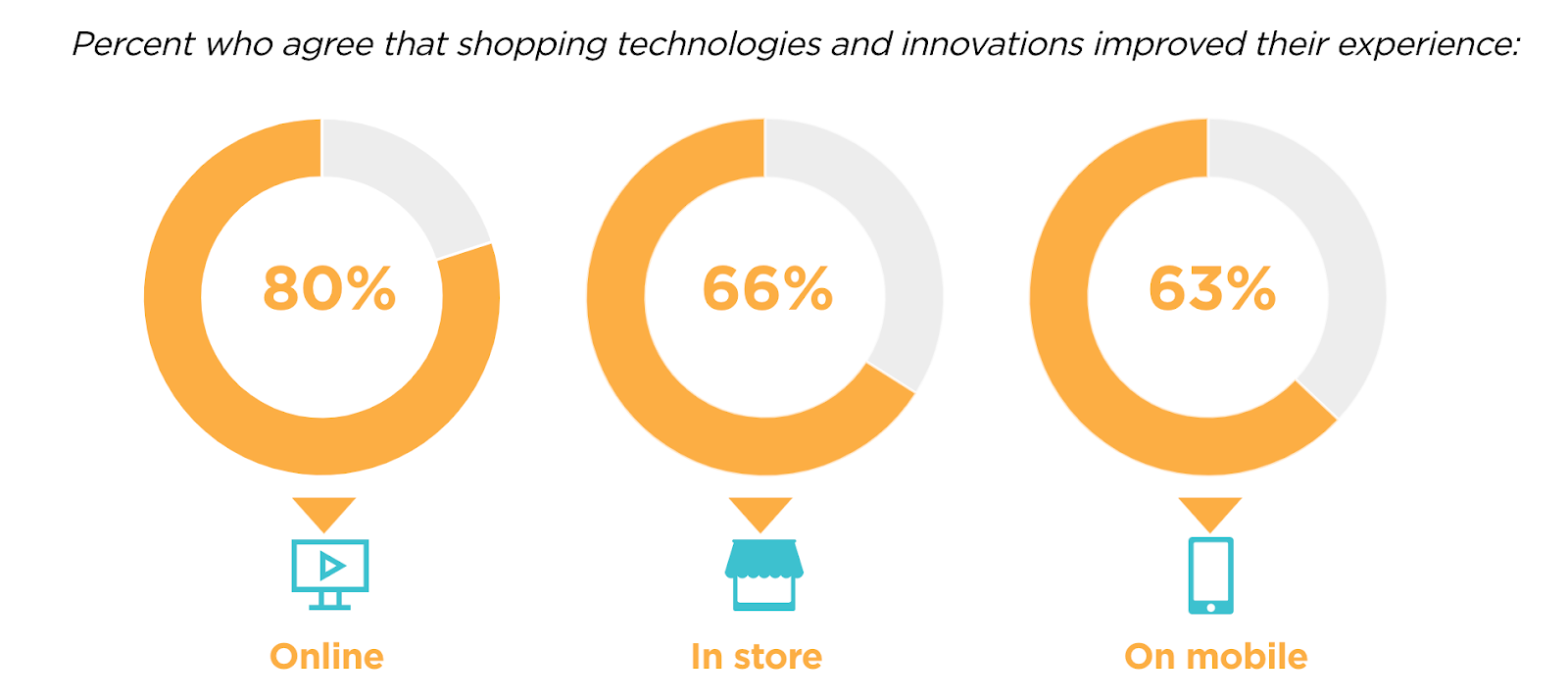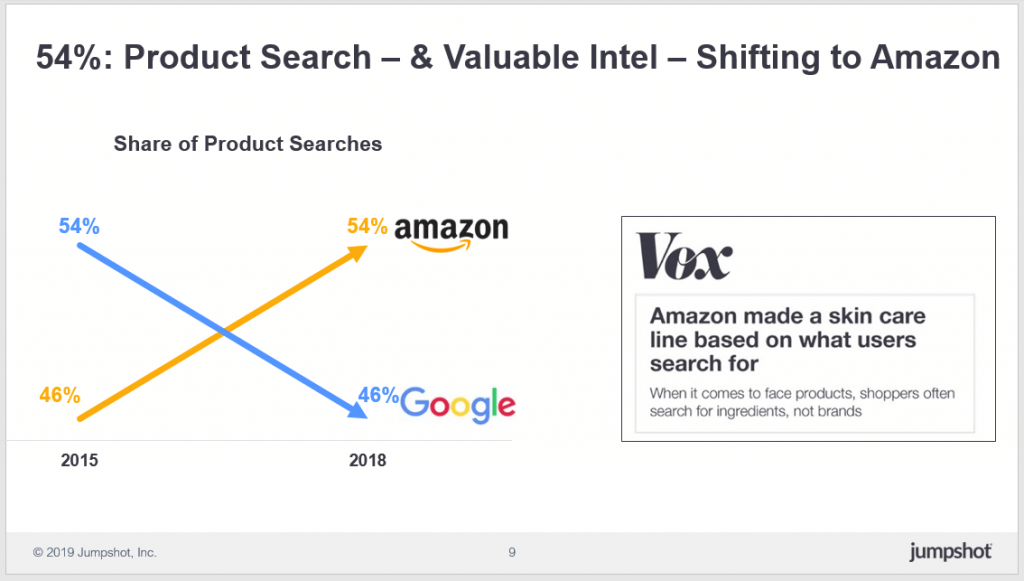By Vitalij Kacanovskij, Digital Product Designer
Abstract: The article discusses the main methods for improving navigation in digital products based on the best practices of UX/UI design. The author highlights 10 key recommendations, such as simplifying the structure, using the three-click rule, creating an adaptive interface, and providing search capabilities. The study is aimed at improving user experience and increasing the efficiency of interaction with digital products. The tasks include reducing cognitive load, increasing the speed of user actions, and optimizing the interface for different devices. Practical application of these recommendations helps to increase user satisfaction, reduce bounce rates, and increase conversion. Additionally, the importance of analyzing user behavior through analytics tools and regular interface testing is emphasized. These actions allow you to adapt the product to the needs of the target audience and maintain a high level of convenience and functionality.
1. Simplify the structure
Simple navigation helps users navigate through an app or website more easily. The fewer steps required to reach a goal, the lower the cognitive load and the lower the bounce rate [1]. Simplification principles:
-
Reduce the number of nesting levels - optimally to three.
-
Use clear and unambiguous section names.
-
Limit the number of menu items to 5-7, avoiding the paradox of choice.
Group similar items for easy search.
Make navigation intuitive by using familiar metaphors and icons (e.g., 'home' for the home page).
Examples:
-
Apple: minimalist design with clear product groupings.
-
Google: emphasis on the search bar makes the interface easy to understand.
2. Rule of three clicks
According to this rule, the user should get to the desired information in no more than three clicks, which reduces cognitive load and improves the experience [2]. To achieve this, minimise the steps to key information. And also simplify important actions such as searching or buying.
Benefits:
-
Cognitive load is reduced.
-
User satisfaction increases.
-
Bounce rate is reduced.
Examples:
-
Amazon: users quickly find items in three clicks.
-
Google: intuitive access to Gmail features.
3. Use clear section names
Use clear and precise names in navigation menus. Confusing or ambiguous wording can confuse users and lead to errors. Simple and clear words make it easier for users to find the information they need [3].
Use familiar words for the target audience and avoid specialised jargon. Concise titles such as 'Laptops' or 'Smartphones' are better understood by users than abstract terms. Use titles that describe actions, such as 'Checkout'. Regular testing helps identify comprehension problems.
4. Do not overload the interface
An overloaded interface makes navigation difficult and reduces the quality of user experience. Studies have shown that cluttered pages lead to slow perception of information and user fatigue [4]. Apply the principle of minimalism so that users can focus on the main information. Simplify the interface by showing only necessary elements and using filters and categories to facilitate selection. Keep the content structure logical, use white space for accents and avoid complex menus. A consistent and predictable interface also improves the user experience.
5. Create intuitive ways to go back
Users should always be able to easily return to a previous page or screen. Intuitive back buttons or breadcrumbs help users not get lost when navigating through a site or application [5]. Supporting hardware buttons on mobile devices and saving data when returning improves user experience. Intuitive paths reduce cognitive load and increase trust in the product.
6. Ensure interface adaptability
Digital products should be adapted to different devices and screens. On mobile devices, navigation principles are different from those on the desktop. Optimising navigation for different platforms significantly improves the usability of the product [4].
A flexible layout grid adapts the location and size of interface elements depending on the screen. For example, on a large screen buttons and texts can be arranged in several columns, and on a mobile screen - in one column. Adaptive design provides convenient navigation without losing logic.
It's also important to resize fonts and buttons so that the interface remains finger-friendly on mobile devices. Adaptability improves loading speeds, especially on mobile devices with slow internet, by optimising images and animations.
Creating an adaptive interface requires cross-platform testing to ensure a consistent experience across all devices. Different operating systems such as iOS and Android need to be considered, as they use different navigation elements. Adaptive design increases user satisfaction and reduces bounce rate.
7. Apply visual cues
Visual elements such as icons, colour accents or highlighted buttons help users navigate the page. Well-designed visual cues can greatly improve navigation and reduce the need for explanations [5].
Visual elements make the interface accessible to users with disabilities, improving the perception of information. It is important not to overload the interface, striking a balance between minimalism and functionality.
8. Provide a search facility
Search functionality is an important element for any digital product, especially one with a lot of content. Having a search function within an app or website makes navigation much easier. Users often prefer to search for relevant information directly rather than navigating through menu sections [1]. Search makes interaction faster and more convenient. Important aspects of a good search function include auto-complete, support for typos and synonyms, and filters to accurately sort results. User query analysis helps improve content structure by adding relevant keywords and optimising the product. Search is not only a tool for the user, but also a way to gain valuable information for product optimisation.
9. Analyse user behaviour
Regular analyses of user data help to identify bottlenecks in navigation. Using analytical tools such as heat maps or recording user sessions allows the user to adapt the navigation according to the real needs of the audience [3]. This data allows us to understand which elements of the interface need improvement. Regular analysis of user behaviour helps to make the interface more user-friendly.
10. Constantly test and improve
Testing with real users is key to improving navigation. Regular A/B tests and surveys help to identify weaknesses and improve user experience on an ongoing basis [2]. User feedback allows for timely adjustments to functionality and interface structure. Continuous testing makes the product more flexible and adaptable to changing user needs. This process contributes to long-term loyalty and improved user experience.
Navigation is a crucial part of interacting with any digital product. Improving its quality requires a comprehensive approach that includes simplifying the structure, adapting to different devices and regular testing with users. Implementing the above recommendations will help to create a product that is user-friendly and effective in achieving business goals.
List of references:
-
Nielsen J. Prioritizing Web Usability. Berkeley: New Riders Press, 2006. 275 p.
-
Krug S. Don't Make Me Think, Revisited: A Common Sense Approach to Web Usability. 3rd ed. Berkeley: New Riders, 2013. 216 p.
-
Morville P., Rosenfeld L., Arango J. Information Architecture: For the Web and Beyond. 4th ed. Sebastopol: O'Reilly Media, 2015. 483 p.
-
Garrett J. J. The Elements of User Experience: User-Centred Design for the Web and Beyond. 2nd ed. Berkeley: New Riders, 2010. 192 p.
-
Johnson J. Designing with the Mind in Mind: Simple Guide to Understanding User Interface Design Rules. 2nd ed. Waltham: Morgan Kaufmann, 2014. 250 p.




